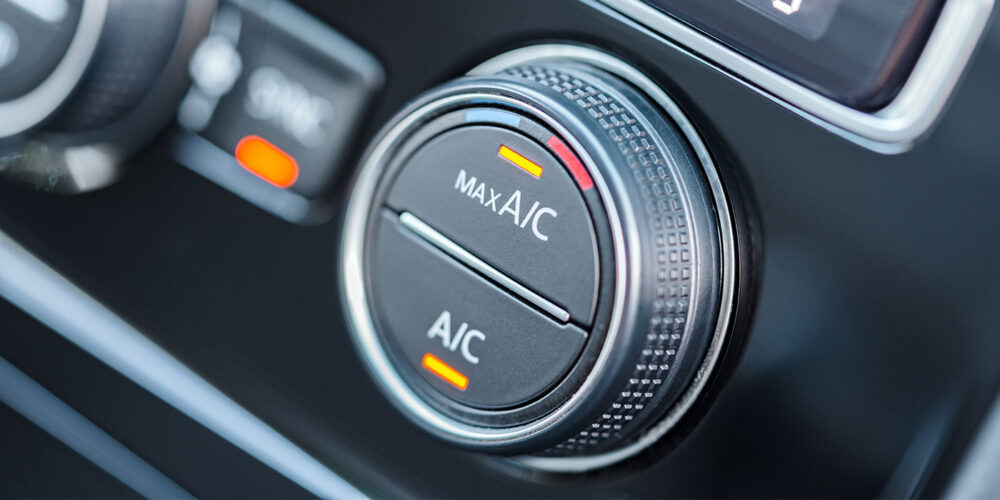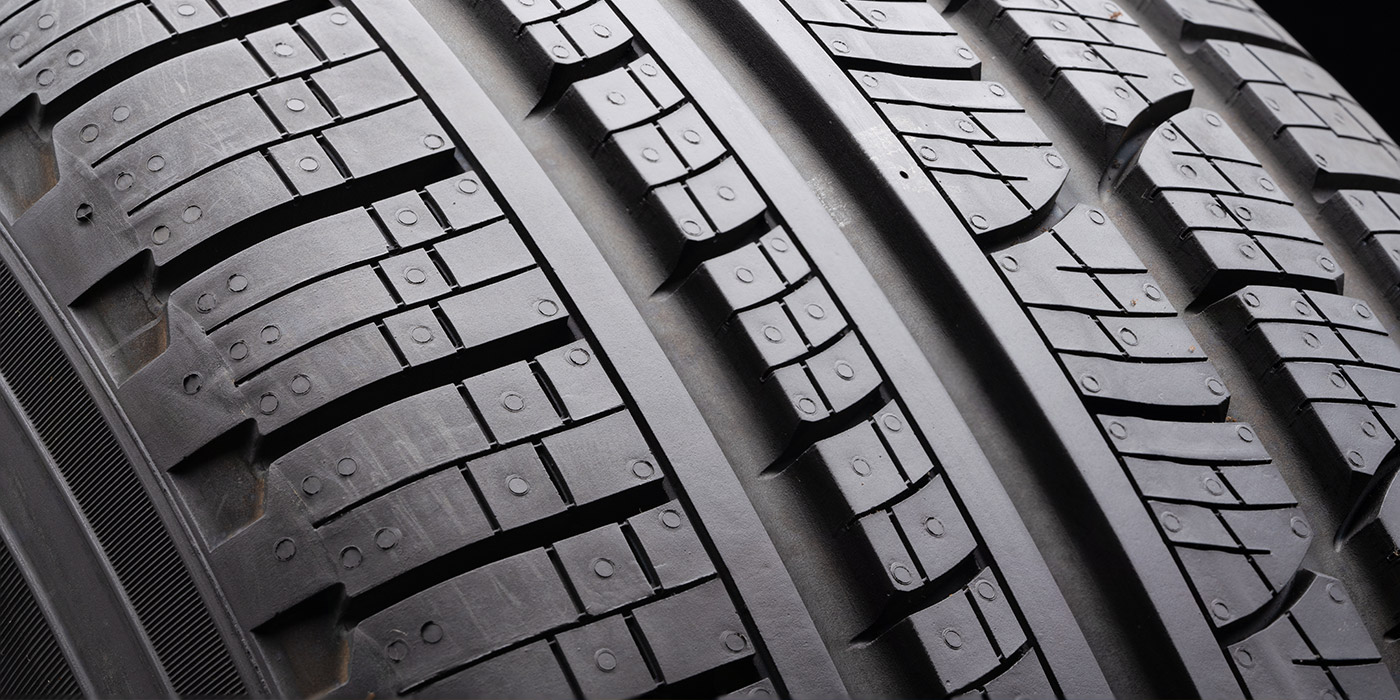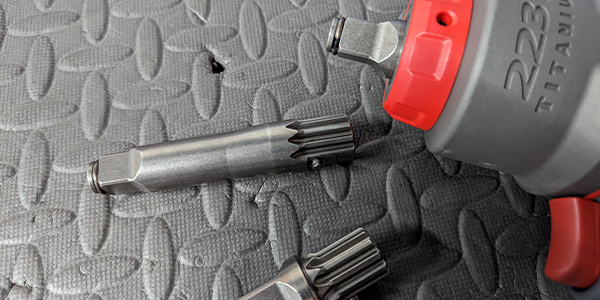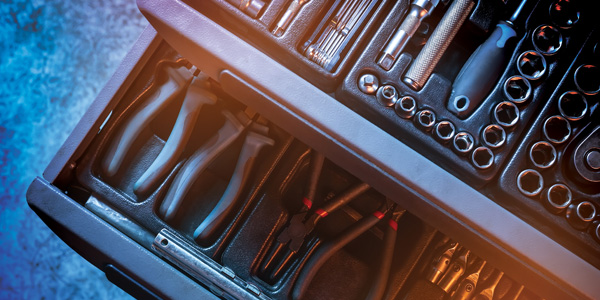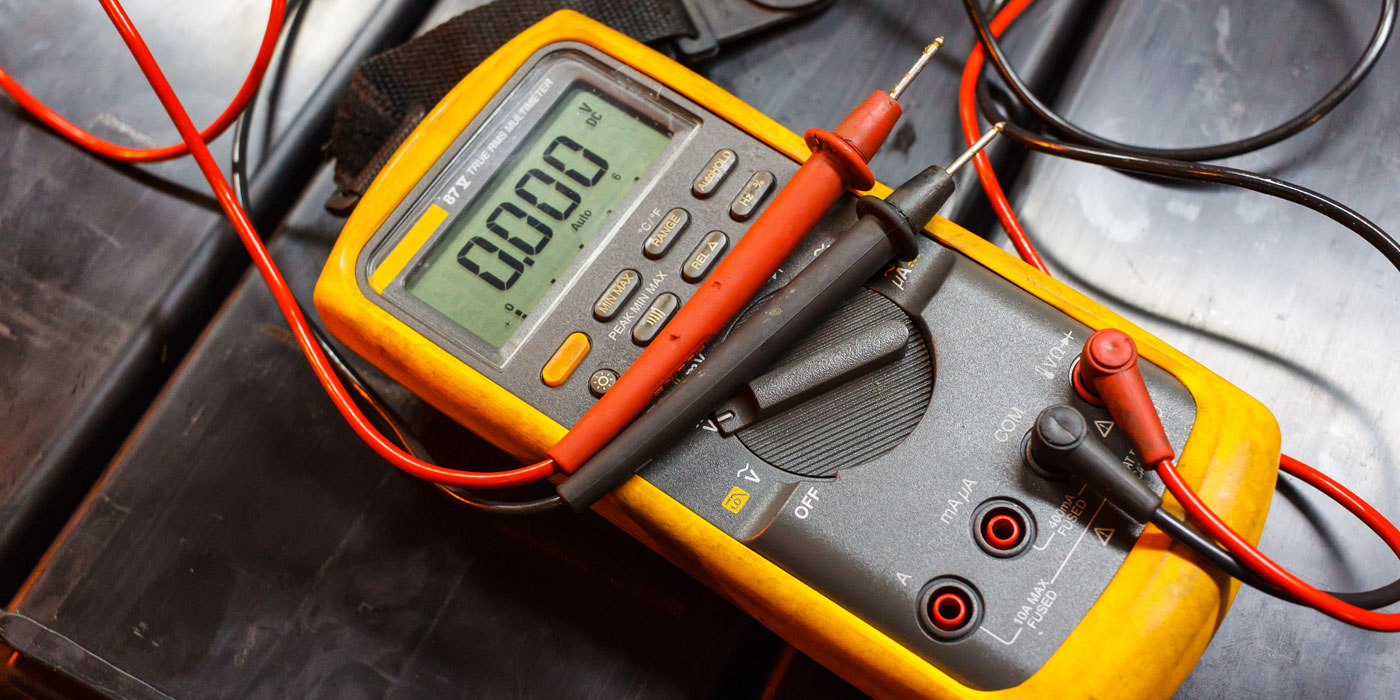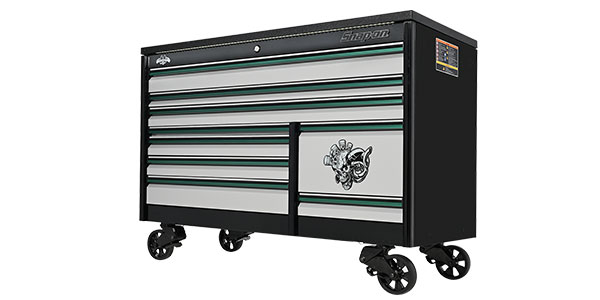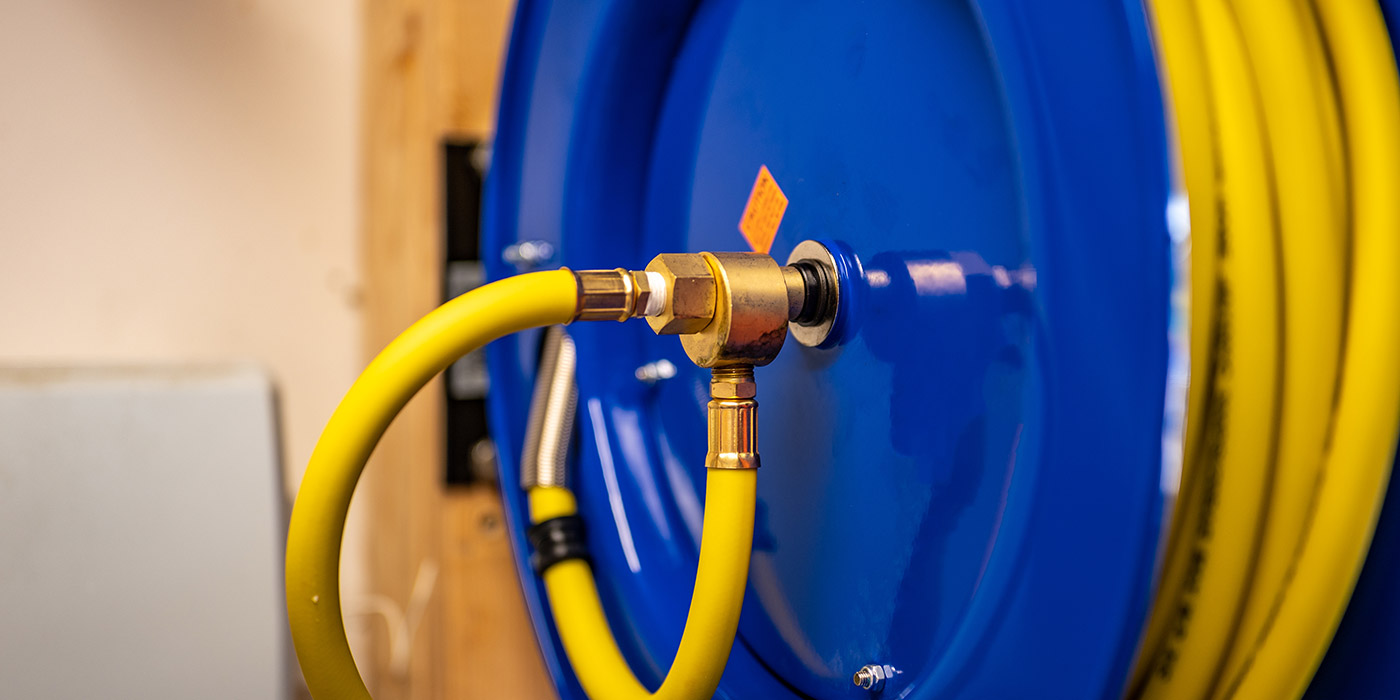As auto technicians, we rely on our tools and equipment to help us perform our jobs efficiently and accurately. Much of the modern equipment designed for automotive service features automatic operation, or, at minimum, some automatic aspects. While this is often beneficial to technician productivity, it’s not always a necessity.
When servicing today’s air conditioning (A/C) systems, however, utilizing fully automatic A/C equipment not only realizes many advantages, but due to the precision required, the necessity of it becomes more prevalent as technology evolves.
To begin with, fully automatic equipment works off vehicle make and model, so there’s no looking up specifications, which saves time and eliminates error.
Intuitive software is designed to easily walk you through all steps and, in addition, it performs all aspects of the charging process including oil and dye injection. This allows you to walk away and work on other things as the process runs. There’s no monitoring or checking progress. It’ll let you know when it’s done.
They’re quick and convenient to use, but accuracy and precision are the far more important reasons to use a fully automatic machine. Today’s A/C service leaves no room for error. The operation of today’s A/C systems is based upon maximizing the potential of the refrigerants, and it is critical to balance the heat transfer rates of the evaporator and condenser. If the evaporator is more efficient and draws more heat out than the condenser can release, system operation will suffer.
In addition, on today’s systems, compressors are much smaller and more efficient to save weight and increase fuel economy. Smaller hoses and lines allow for more precise pressure control, and lower capacities mean there is less of an effect on the environment in the event of refrigerant loss. The result is considerably lower system capacities, with most systems using only 12-16 ounces of refrigerant.
Due to low system capacities and the need for balanced system operation, the accuracy of a correct system charge is the most prevalent factor in A/C service. The slightest over or under charge will throw off the designed pressures of the system, resulting in an immediate effect on duct temperature. A low charge also means low oil circulation, which can cause damage to the A/C compressor.
Leak detection is another important aspect of A/C service, and fully automatic machines perform strict leak tests of the system during the recharge process. This takes more time than a traditional recharging process, another good reason to let a fully automatic machine do the work.
Utilizing fully automatic A/C equipment removes the guesswork from A/C service, both during recovery and recharge and it is designed with the precision required to ensure correct system operation.
Another valuable feature of fully automatic equipment is the built-in technology that complements the overall operation, such as service printouts, multi-language software, technical support, app control options and regular updates.
As automotive and A/C technology continues to evolve, the abilities of your A/C machine will determine your success in this type of service. Charging accuracy is critical, and automatic compensation for the length of the charging lines is another feature that’s important to maintain that accuracy. Close doesn’t count anymore in A/C service, and it’s your reputation at stake. Consider a fully automatic A/C machine and consider it an investment in your future. TS

